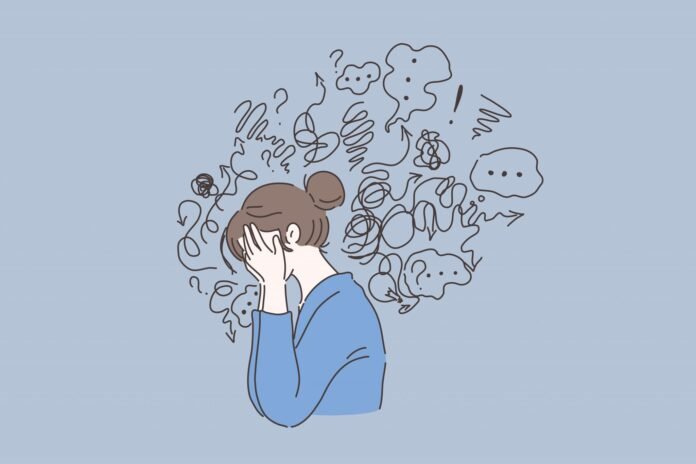In the age of digital connectivity, social media platforms have become integral to our lives, shaping how we communicate, share, and perceive the world. However, amid the seemingly endless scroll of posts and updates, there lies a potential trigger for anxiety. Let’s delve into the ways by which social media can amplify stress and explore strategies to navigate this digital landscape mindfully.
1. Comparison Culture: Social media often serves as a curated highlight reel of others’ lives. Constant exposure to idealized versions of reality can lead to feelings of inadequacy and fuel the infamous “comparison culture.” Individuals may find themselves measuring their achievements against others, fostering self-doubt and heightened anxiety.
2. Fear of Missing Out (FOMO): The fear of missing out, amplified by social media, can induce anxiety. Seeing friends or acquaintances participating in events or experiences without you can evoke a sense of exclusion and contribute to a fear of being left out of social circles.
3. Cyberbullying and Trolling: The anonymity provided by social media platforms can embolden individuals to engage in cyberbullying and trolling. Experiencing online harassment or witnessing it happen to others can create a toxic online environment, fostering anxiety and fear.
4. Information Overload: The constant influx of information on social media platforms can overwhelm users. Exposure to a barrage of news, opinions, and updates may lead to information overload, leaving individuals feeling anxious and unable to process the influx of data effectively.
5. Negative Influences on Body Image: The prevalence of edited and filtered images on social media can contribute to unrealistic beauty standards. Constant exposure to these images may lead to body image issues and increased anxiety about one’s appearance.
6. Social Validation and Likes: The pursuit of social validation through likes and comments can become a significant stressor. A reliance on external validation for self-worth can lead to anxiety when the expected level of recognition is not achieved.
7. The Echo Chamber Effect: Social media algorithms often create echo chambers, where users are exposed to content that aligns with their existing beliefs. While this can provide a sense of validation, it may also contribute to narrow-mindedness, reducing exposure to diverse perspectives and fostering anxiety when faced with conflicting views.
Navigating Social Media Mindfully:
1. Set Boundaries: Establishing time limits for social media usage can help prevent overexposure and promote a healthier relationship with these platforms. Designate specific times for checking social media and avoid mindless scrolling.
2. Curate Your Feed: Take control of your social media experience by curating your feed. Unfollow accounts that contribute to negative feelings and actively seek content that inspires, educates, or brings joy.
3. Practice Digital Detox: Occasionally disconnecting from social media can be rejuvenating. Designate days or weekends for a digital detox to reduce the constant influx of information and create space for more meaningful activities.
4. Focus on Real-Life Connections: Nurture face-to-face relationships and prioritize real-life interactions. While social media facilitates virtual connections, fostering genuine connections offline is essential for overall well-being.
5. Be Mindful of Your Mental Health: Regularly assess your mental well-being and seek support if needed. Social media can exacerbate existing mental health issues, and being proactive about your mental health is crucial.
In addition, while social media provides a platform for connection and expression, it comes with its share of challenges. By understanding the ways in which social media can contribute to anxiety and implementing mindful strategies, individuals can navigate these digital spaces more consciously. It’s essential to strike a balance that allows for digital connection without compromising mental well-being.

